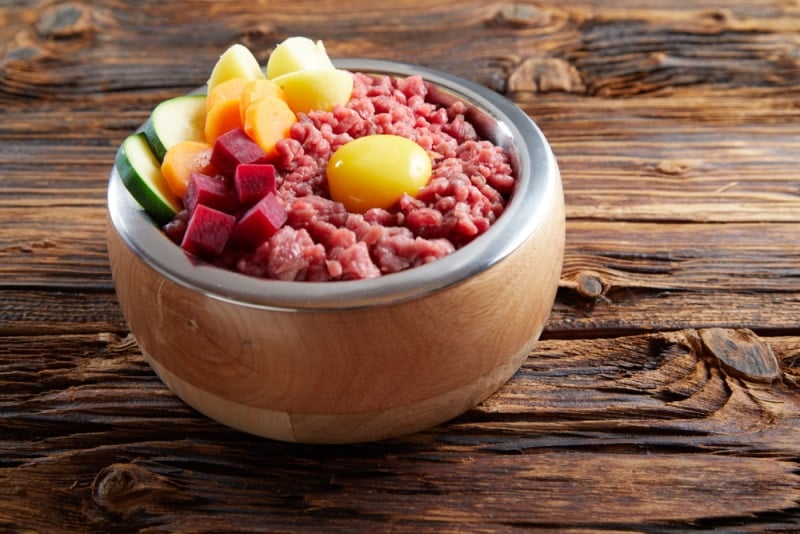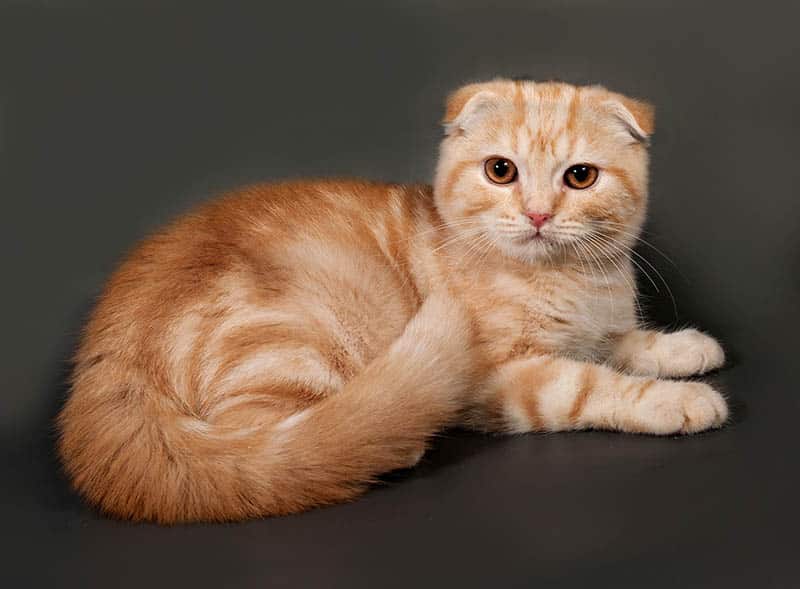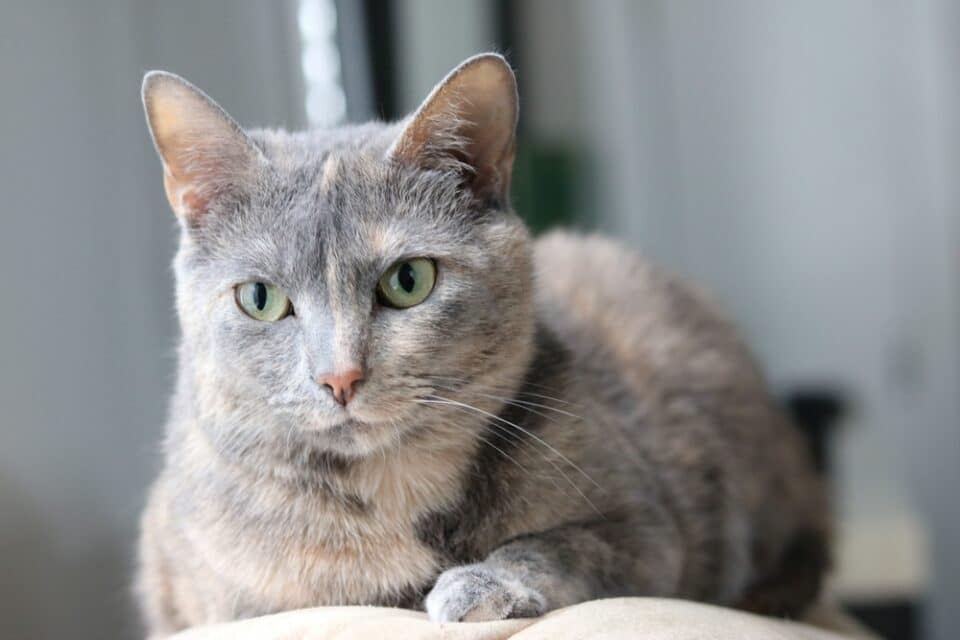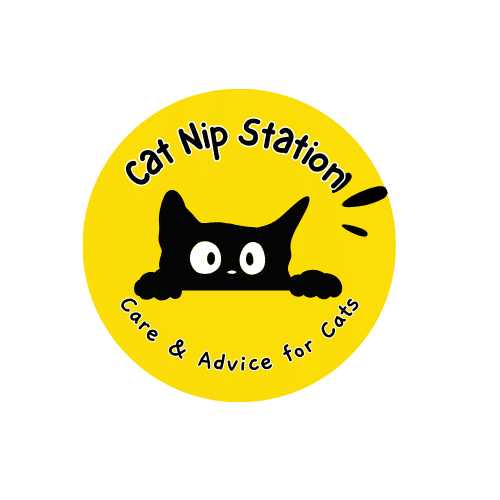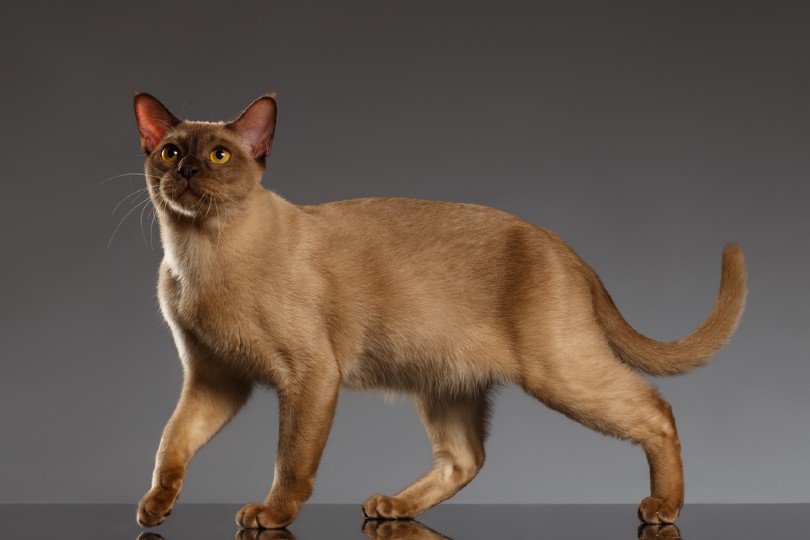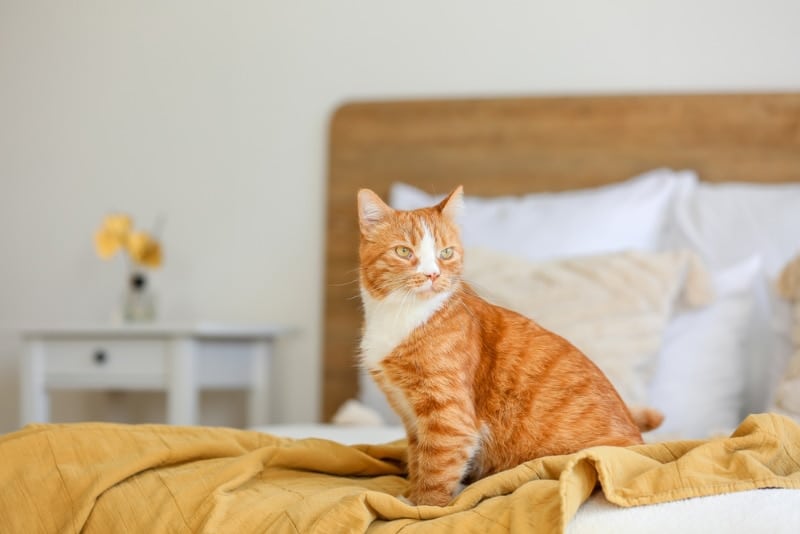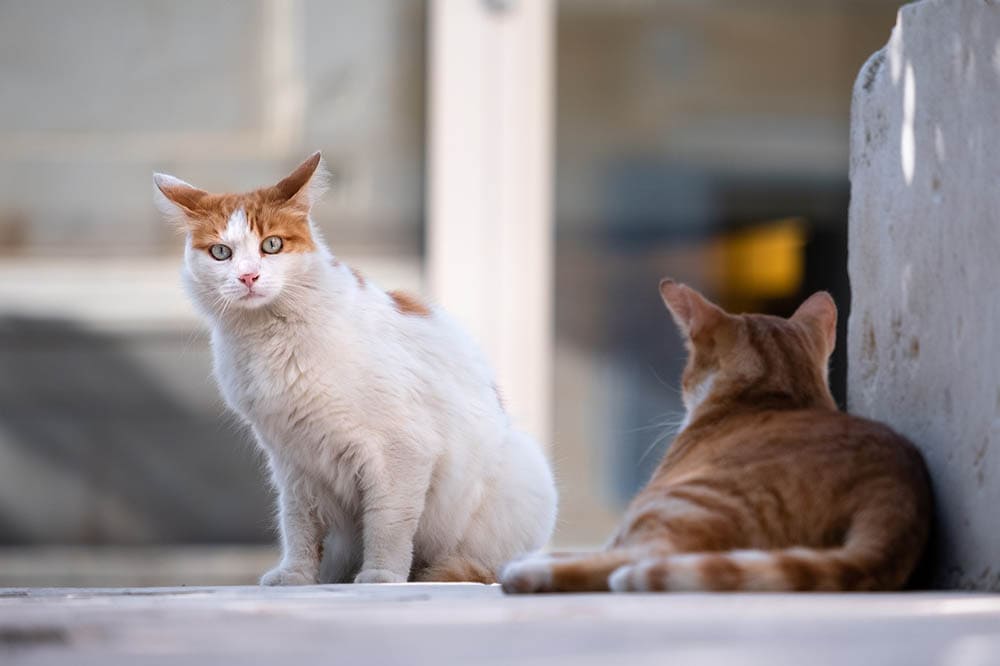Let’s dive right into the debate that’s shaking up the feline nutrition world: the raw food diet for cats. With some folks swearing by its benefits while others raise alarms over risks, it’s essential to sift through the noise before making the switch. Is Mocha’s new diet the way forward for all her kitty pals? Let’s find out.
The raw diet trend, championed for its natural and organic appeal, certainly has its roots in what cats’ wild ancestors thrived on. Being obligate carnivores, cats indeed crave their share of animal tissue to live their best life. Thus, a raw diet may sound like ticking all the right boxes nutritionally, doesn’t it? Although it resembles what their wild cousins munch on, this feeding choice might not be as straightforward as it seems.
Essentially, a raw diet comprises uncooked ingredients such as meat, fish, and organs, aiming to mimic the nutrition cats would naturally intake. Some suppliers even add ground bone for calcium and bring vitamins and minerals into the equation to leave no stone unturned nutritionally. And while this sounds ideal for our feline friends, reality has a few caveats.
Now, when it comes to the nitty-gritty of preparing these meals, it can be quite puzzling. Homemade options give you the driver’s seat to decide what goes in the bowl. But let’s not overlook that simply tossing some fresh meat doesn’t cut it for complete nutrition. Cats demand the perfect mix of fats, vitamins, and proteins that a spontaneous collection of groceries might not fulfill.
Purchasing commercial raw diets could offer some reassurance by attempting to strike a balance in their formulations, which are often found between the frozen peas and ice-cream tubs at your local grocery store. These commercially prepared options are a go-to for many, saving the hassle of finely dicing liver. However, the presence of these products doesn’t mean all concerns are ticked off.
Now, onto what makes proponents of this diet beam with satisfaction: raw food diets cut out a load of processed stuff. Processed pet foods, stuffed with fillers, often undergo changes that may affect a cat’s protein digestion. High-quality raw diets are typically seen without such baggage, offering a much simpler ingredient list that aligns with some pet owners’ ideals.
Moreover, enthusiasts claim their cats showcase healthier coats and less digestive grumbling tides on this diet. Though subjective, many find their cats’ stools less smelly and more manageable. This beats any perfume for most pet owners.
However, stepping onto this feeding path isn’t without bumps. Concerns swirl around raw food, particularly its potential to harbor bacteria like Salmonella or Listeria. And where there’s risk to pets, there’s risk to their pet parents dealing with raw meat regularly. The FDA had its say, pointing out the higher likelihood of bacterial presence in raw pet samples.
Money might just fly away as quickly as a cat chasing a laser dot when adopting this feeding method. Running through different raw options, especially the commercial ones, or ensuring complete homemade meals can feel like draining funds into a kitty bowl.
Let’s not forget the labor of love—preparation and storage. Organ meats and fresh bones might thrill your cat but can be quite smelly and inconvenient to store or prepare. Commercial dry food nestles into a cupboard, whereas raw food overtakes fridge real estate. And should you have bones in the mix, they must be chosen wisely to avoid making a dental appointment.
Our kitties can also be quite the picky eaters. Switching over can lead to a stand-off at the food bowl, as they scrutinize this new offering suspiciously. Transitioning them to appreciate such a diet requires patience and a bit of culinary juggling.
Finding the right balance isn’t just about what’s visually complete, but also what’s nutritionally balanced. Not all store-bought options carry the ‘complete and balanced’ tag, often requiring supplements to bridge any gaps. So, whether you wander down the natural food path or offer ready-made raw delights, ensuring wholesome nutrition is paramount.
There’s no one-size-fits-all when it comes to deciding whether to offer your cat a raw food diet. It demands careful weighing of benefits against drawbacks, with your cat’s specific needs as the guiding light. Before diving in, it’s vital to research, consult a vet, and proceed with caution regarding nutritional completeness. Ensuring your feline friend stays nourished and healthy remains the ultimate goal after all.
